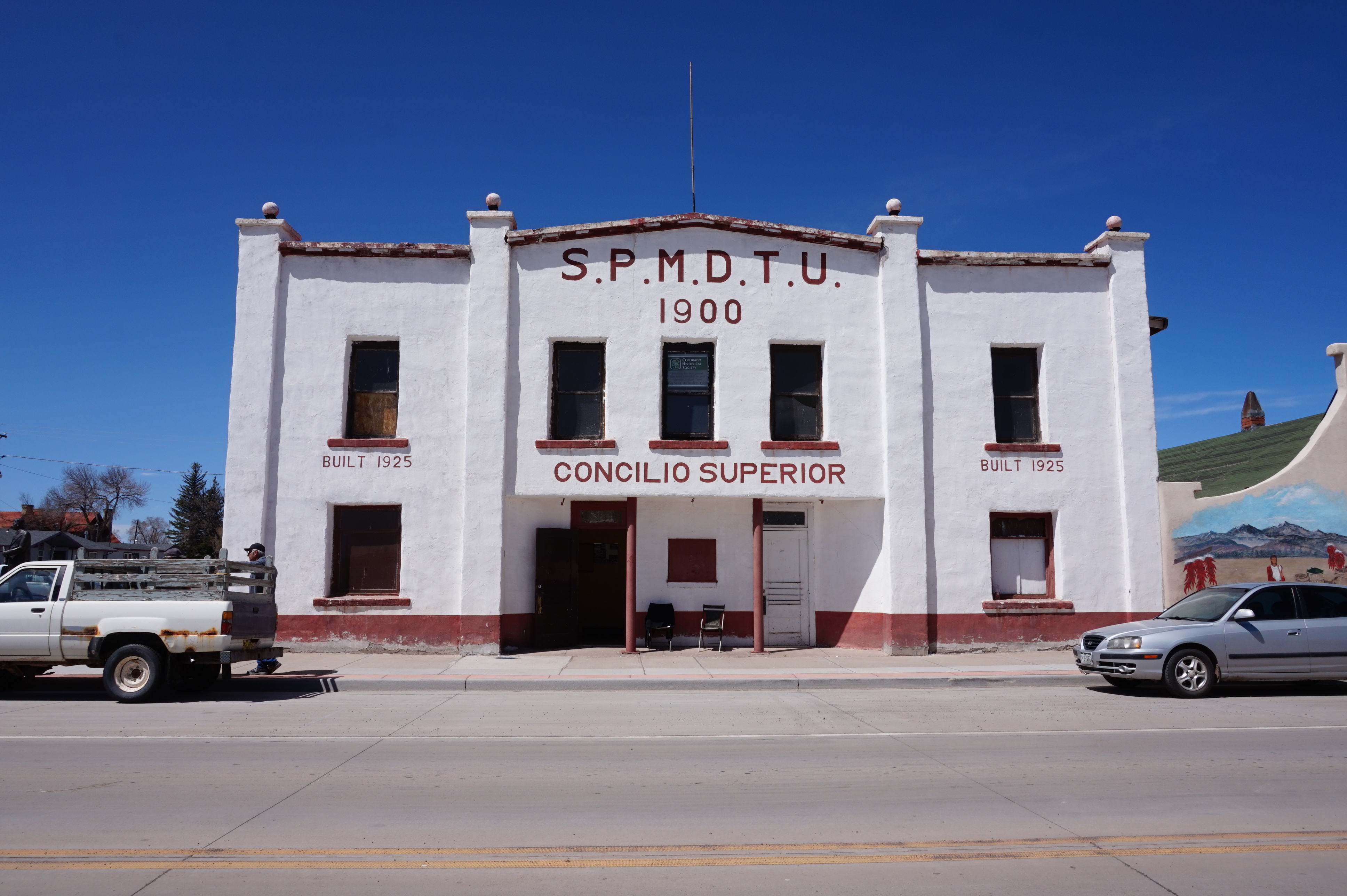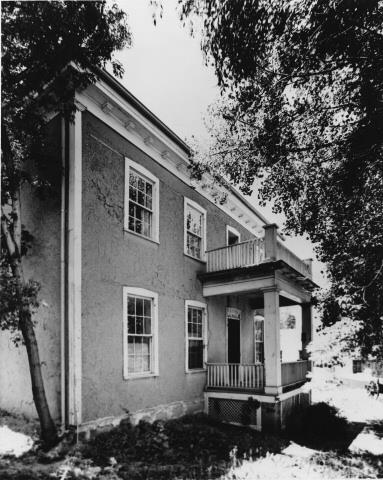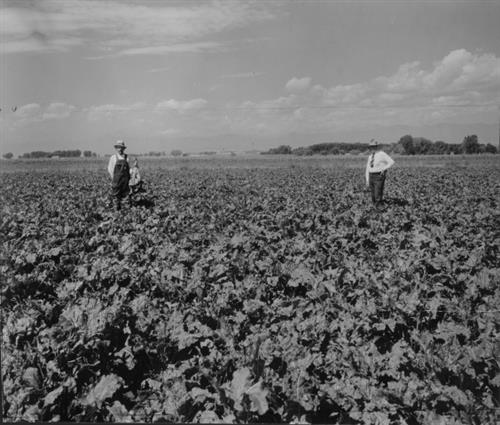Story
7 Destinations for Celebrating Colorado's Hispanic Heritage
So many people have made their mark on Colorado’s rich history, and our state’s Hispano residents have been here longer than many. Hispanic Heritage Month reminds us to celebrate their stories — stories of discovery, patience, persistence and resilience.
No matter where you live or travel in Colorado, the Hispano influence is powerfully felt. Here are some places where you can appreciate and learn from that legacy.
The Western Slope: Spanish explorers are suspected to have reached present-day Colorado sometime between the Francisco Vázquez de Coronado expedition in 1540 and Don Diego de Vargas’ expedition in 1694. Visit Grand Junction’s Museum of Western Colorado to see Spanish Colonial artifacts discovered near the Grand Mesa.
Southeast Colorado: In 1833, William Bent’s fort was established at the border of the United States and Mexico, which gained independence from Spain in 1821. “Spanish is the prevailing language spoken,” remarked one 19th-century visitor to Bent’s Old Fort. (The fort celebrates Hispanic Heritage Day on September 15 with music, cooking and other programs.) The expansive and beautiful Comanche National Grasslands lie along the Santa Fe Trail — the long, rugged path once used for ferrying goods between the nations.
Pueblo: The site of the original El Pueblo Trading Post is now an active archaeological dig at History Colorado’s El Pueblo History Museum. Maria Teresita Sandoval founded the post in 1842, when it marked the border between the United States and Mexico. The museum’s Borderlands of Southern Colorado exhibit is one you’ll want to be sure to see. For a taste of more recent El Pueblo history, listen to these oral histories from the Mexican American Salt Creek community.
San Luis Valley: The San Luis Valley blankets six Colorado counties and towns, with Spanish names like Alamosa, Monte Vista and Del Norte. Established in 1851, San Luis is the oldest continuously inhabited town in Colorado. The Plaza de San Luis de la Culebra Historic District contains an important collection of buildings and is one of many places in the valley listed in the National Register of Historic Places. Dating back to 1850, Capilla de Viejo San Acacio is the oldest continuously used non-Native American religious space in Colorado; you’ll appreciate the artistry of the hand-carved gravestones in its cemetery. In Conejos, Our Lady of Guadalupe, the oldest church parish in Colorado, boasts stained-glass windows thought to have been created by Denver’s own Frank Watkins. In Antonito, you can visit La Sociedad Protección Mutua de Trabajadores Unidos, the society founded in 1925 to combat racism against Hispanos in the valley. While you’re in the area, be sure to hike the Stations of the Cross too.
Trinidad: About 25% of New Mexico’s Hispano population moved to southern Colorado after the Civil War, between 1865 and 1885. They started farms and founded dozens of towns, many boasting a chapel built in the Territorial Adobe style. Today, two such churches are active near Trinidad — San Ignacio in Segundo and San Isidro in Vigil — and several more are empty but standing. The Baca House at History Colorado’s Trinidad History Museum was once the home of early Hispano leaders Dolores and Felipe Baca, who traded 22,000 pounds of wool for the property in 1873.
Northern Colorado: In the late 1880s and early 1900s, Hispano farmers settled in the South Platte Valley northeast of Denver. The Great Western Sugar Company paid them to grow sugar beets in colonias in Ovid, Fort Collins, Fort Morgan, Greeley, Windsor and Brighton. The Fort Collins factory is now home to a number of microbreweries; a company bridge spanning the Cache la Poudre River in Kingfisher Point Natural Area received a grant from our State Historical Fund. You can read more about northern Colorado’s Hispano legacy in a couple of our books: La Gente and Western Voices.
Denver: Visit the History Colorado Center’s El Movimiento exhibit to learn about the Chicano Movement of the 1960s and see a contemporary mural we have on display. Then visit the Museo de las Americas. There are a number of murals near the Museo; be sure to check out the one on the back of the Denver Civic Theatre (which is listed in the State Register of Historic Properties), another inside Servicios de la Raza and the one outside La Alma Recreation Center. You can learn more about the Hispanic cultural tradition of murals in this blog.
Our Heritage Diversity Initiative seeks to celebrate the places significant to all the people who’ve contributed to our state’s history. We are also gathering and sharing stories to celebrate Colorado’s diverse communities — you are welcome to share yours!




